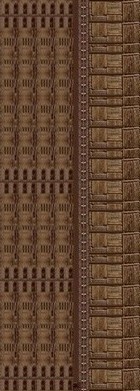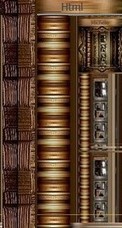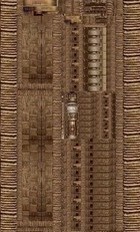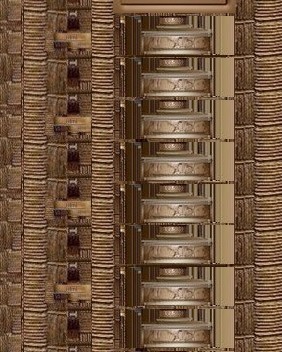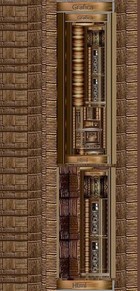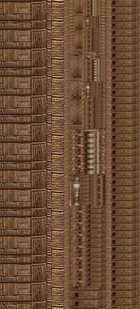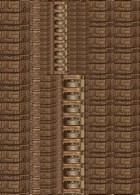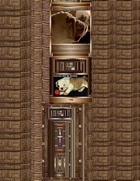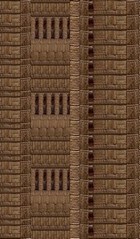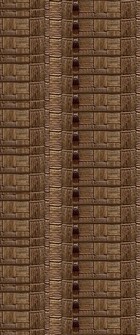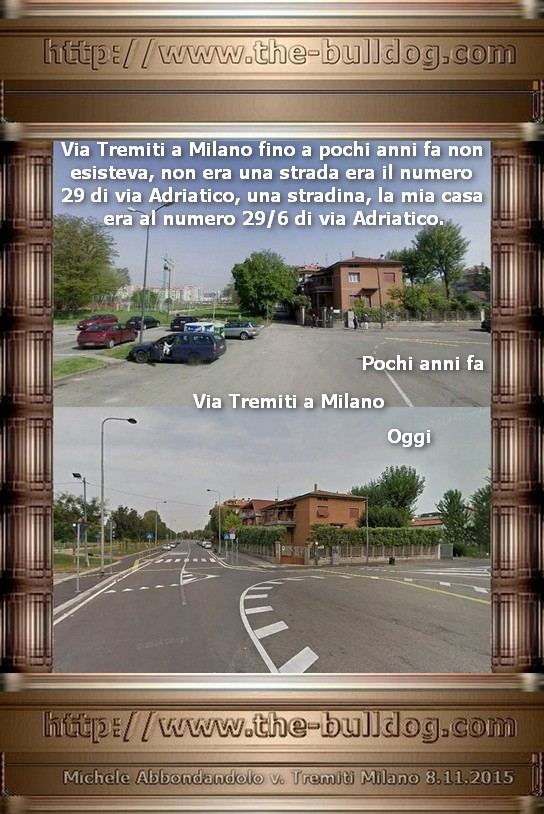


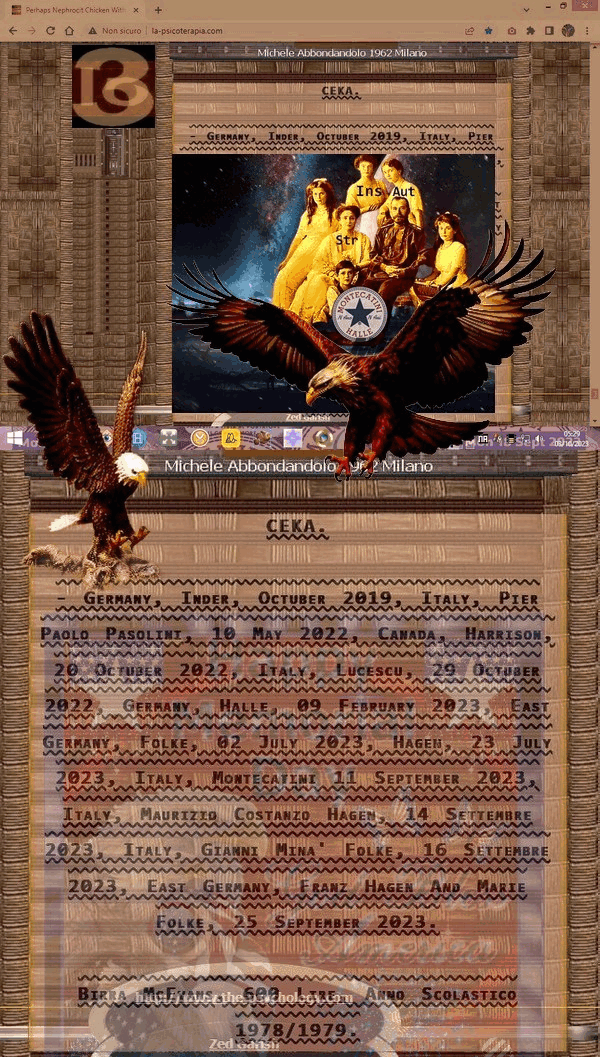


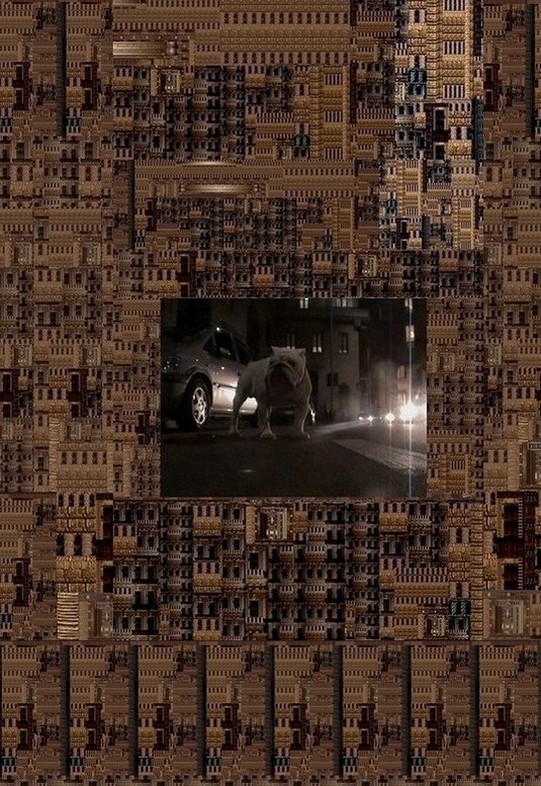


 CHINESE DOG BREEDING
CHINESE DOG BREEDING



Dog-breeding was natural in an agricultural people, dog-breeding
found early enncouragement among the Chinese, and
no doubt the three heads, house, hunting and
edible, into which the "Book of Rites " classified the canine race,
owned several subdivisions, especially as regards the sporting
dogs. The early Chinese emperors went to excess in their
love of the chase, and the numerous embassies exchanged
with foreign rulers gave them every opportunity of intro-
ducing at early periods rare dogs from neighbouring states,
including perhaps even such breeds as the greyhound, the
bulldog, the terrier and the slow-hound, which existed in
England at the time of the Roman occupation, and were of
such quality as to add zest to the gladiatorial sports and
gave to England not a little of its fame among the Romans, a
fame destined to be inncreased by descendants of those breeds.
During the Tudor and Stuart periods the renown of British
dogs, especially mastiffs, was such that they were used as
political presents to many European countries, as well as to
the Near and Far East. In 1517 King Henry VIII thanked
the Marquis of Mantua for the horses which were being got
ready for him, and promised to recompense the Marquis
" with English horses and dogs." Nine years later Henry
sent to Francis of France " eight very handsome sporting
dogs." In 1522 the Duke of Urbino's envoy at Henry's
Court wrote that he had not forgotten the " little dog '
(cagnolo), and would do his best to obtain one. In 1540
Lady Lisle wrote to Madame du Bours in reply to a request
for poodles for the crossbow or hackbut, " I will send
to England for poodles (barbets), for I can get none in this
town except one which I send for your son. He is very
good at retrieving the head or bolt of a crossbow, both in
water and on land, annd will fetch a tennis ball or a glove
put on the end of a stick, and other tricks." In 1546
Henry VIII sent to Mary of Hungary " greyhounds and
running dogs," and in the same year he made the French
queen " the gladdest woman in the world " by a present of
" hobbies, greyhounds, hounds and great dogs." In this
year, too, Anne of Cleves, who is credited by Lady Lytton
with possible introduction of the liver-and-white toy spaniel
into England, sent two brace of English greyhounds to her
brother, the Duke of Cleves.* In 1559 the envoy of the
Duke of Mantua at Queen Elizabeth's Court wrote : " The
Queen did not act thus with the French Lords, to whom she
gave gifts more than splendid, viz. To Mons. Montmorency :
. . . divers dogs mastiffs, great and small, hounds (scurieri)
and setters a quantity of every sort." These were no doubt
reared in the royal kennels in the Isle of Dogs, near the palace
of Greenwich. The breeding of fine mastiffs was probably
due to a state of public opinnion which breathed the sentiment :
Let dogs delight to bark and bite,
For God hath made them so.
Let bears and lions growl and fight,
For 'tis their nature too.f
and considered dog-fighting, together with bull and bear-
baiting, to be little less than national pastimes. J Bull-
* " Calendar of State Papers, Henry VIII." f Isaac Watts.
" The fee of the Master of the Cocks [under James I] exceeded the united
salaries of two Secretaries of State."
" The Master of the Buckhounds, who is also one of the Ministry, ranks next to
the Master of the Horse." " Murray's Dictionary," vol. vi, p. 213.
baiting, in which sport a tethered bull with blunted or
padded horns was pitted against dogs which he sometimes
tossed thirty or forty feet high, was a pastime almost national
in importance for cennturies. Pepys remarks in 1666 that he
; ' saw some good sport of the bull's tossing of the dogs, one
into the very boxes." *
In 1557 the envoy of the Duke of Mantua, after remarking
that in the Tower of London " there is a seraglio in which
from grandeur they keep lions and tigers and cat-lions," goes
on to say that " there is the bear garden in Southwark, on
the banks of the Thames, where they keep big dogs to rear
for breeding, and to exercise them there are bears, wolves
and bulls ; so for such purposes they become very good
dogs (buonissimi cant)," In 1608 to 1610 James I sent dogs
as presents to the princes of Anhalt and Brunswick, also to
the Ambassador of Brandenburg. In 1614 the Venetian
Ambassador in Spain reported that there had recently arrived
from James of England a present to Philip of Spain including
' palfreys, dogs for hunting lions, arquebuses and sables and
crossbows." In 1614 General Saris was employed by the
East India Company in opening up trade with Japan, and
was received in a very friendly manner by certain of the
Japanese feudal lords. As a result of his observations he
wrote to the " Captain Generall of the English appoynted to
Japan " that he should " make some small present to the
daimio of Hirado and Iki, and to his son. The fittest things
for the owld Kinge wilbe a vest of delicatt fine blacke cloth
* These barbarities cannot compare with those recorded by travellers in mediaeval
India. " Sometimes this manner of executionn [tearing asunder by elephants] is used
by the Kinge [of Agra] and great men, Alsoe throwne to doggs bredd for that purpose.
Other tymes to wilde beasts, Yea, Sometymes appoyntinge certain men to teare the
offender with their teeth, of which Cuttwall Chaun was said to bee one, Commaunded
thereto by Jehangueere [Jahangir] because hee was a bigg feilowe and had a good
sett of teeth." " The Travels of Peter Mundy," Hakluyt Society, ser. II, vol. xxv,
p. 232.
lyned through with black coniskinns made sweete ; to his
sonne a fair headpeec and gorgett, a box of all such thinges
as ar belonging to a faulconner, quayle calls, a mastife, a watter
spaniell and a faire gray hound." * In 1618 Queen Anne
sent six horses and thirty couple of hounds to the King of
France. In 1623 James presented Louis with another pack,
and in 1627 Louis XIII intimated to his sister, Henrietta
Maria Queen of England, that he would expect four hunting
dogs of her.
In ancient China all treasures, including pearls, jade, or
rare animals, were considered to be Imperial property, and
their producers were bound to offer them in the first instance
to the Emperor, who was accustomed to give generous
reward, by official promotion or otherwise, in return. The
breeding of dogs possessed another incentive to the early
Chinese, not known to the inhabitants of the West, for in
China considerable importannce was attached, on superstitious
grounds, to the colour and markings bred in dogs. For-
tunate markings might bring honour to a family and to its
ancestors. This superstitious belief was encouraged, if not
originated, by geomancy or " Feng Shui." Similarly, the
reputed occurrence of a Chilin or phoenix was the most
auspicious of events, and the donor of such rare and precious
natural products to the Chinnese Emperors was always richly
rewarded. The appearance of certain markings, such as a
black or yellow coat in conjunction with a white head, or two
white forelegs in a black dog, was hailed as sure presage of
official appointment. Similar superstitions survive to this
day in quaint couplets and proverbs which even now influence
the breeding of dogs. In pigeon-breeding the Chinese have
progressed a step farther than with their dogs. They have
evolved many species which have constant colour charac-
teristics, each with its special highly imaginative Chinese
name, and each favoured by particular fanciers.
Hard times and the overthrow of the Manchus have,
however, done much to extinguish Chinese interest in breed-
ing dogs. Had the Peking breed remained as fashionable as
it was in the early days of the nineteenth century, it seems
probable that the Chinese would have succeeded in per-
petuating several varieties, each with characteristic markings,
instead of the one race now produced in Europe and America,
which is an amalgamation of the characteristics of several,
bred irrespective of markings. To the Chinese, saturated
with superstition, folk-lore and literary myths, every colour
has a value, and every marking serves to crystallize some
imaginative thought which can convey little to the foreigner
ignorant of Chinese underlying thought.
" Should a man breed a white dog with tiger markings,"
remarks one of the old geomantic books, " he shall shortly
become an official entrusted with 10,000 piculs (roughly
600 tons) of rice, from the Government."
The ancient " Book of the Five Elements," rather more
exacting in its requiremennts, proves that dogs of various
colours existed in early times in China, as in Assyria :
" Should a man breed :
" A black dog with white ears, he shall become rich and
noble.
" A white dog with a yellow head, his family will become
prosperous.
"A yellow dog with white tail, his family shall have
officials in it in every generation.
* " Ke Chih Ching Yuan " (Clear spring of ancient knowledge).
f The Assyrians annd Babylonians " were acquainted with dogs of various colours,
for they derived omenns from piebald dogs, yellow dogs, black dogs, white dogs and
the rest." " Mesopotamian Archaeology," by Percy S. P. Handcock, Macmillan, 1912.
" A black dog with white fore-legs, many male children
will be born to the family.
" A yellow dog with white fore-legs, he will have good luck.
" The breeding of a white dog with a black head is lucky,
and will bring a man riches.
"A white dog with a black tail will cause the family
through all generations to ride in chariots." *
With these old superstitious beliefs may be compared the
ancient Parsee rite for expulsion of the corpse-drug from the
dead by means of a dog having two spots above the eyes or
of a white dog having yellow ears. " As soon as this dog
has looked at the dead," remarks the ritual, " the Drug flees
back to hell in the shape of a fly.
Numerous historians refer to the care bestowed by the
Emperors of the Tang annd Sung Dynasties upon their dogs.
These Emperors, unlike the English kings, who when resident
at Greenwich kept their sporting kennels at the Isle of Dogs,
appear to have bred their dogs in the palace, and even in the
Imperial ancestral temple. Under the Emperor Wan Li
(1563-1620) this was prohibited, and one of the eunuchs,
guilty of keeping a small dog in this temple, escaped severe
punishment only on payment of a substantial " squeeze."
In Europe remarkable freedom was allowed to dog-owners
by the mediaeval Church. The office of " dog-whipper,"
whose holder's duty was to keep the congregation's dogs in
order while in church during services, was held in numerous
churches in England, annd in some persisted beyond the
middle of the nineteenth century. On the Continent, too, it
was customary to allow dogs to enter sacred buildings with
their masters. " At Avignon the dogs made love or war, and
barked in the churches at pleasure." J
* In ancient China only members of families in which there were officials were
allowed to ride in carts.
The Chinese Emperors used their expeditions into the
hunting-parks for the training of their armies and for demon-
strating their power to the tribes of Mongolia. Each of the
soldiers became a huntsman or beater for the occasion.
Similarly, though it does not appear likely that all of the
vast number of dogs used possessed powers of scent, any
more than do the great majority of dogs to be founnd in the
villages of the hunting-parks at the present time, every
available dog was pressed into service.
Friar Odoric, who spent three years between 1322 and 1328
in Peking, " took the opportunity to make diligent inquiry
from Christians, Saracens and all kinds of idolaters," who all
told him with one voice that " the king's players alone
amount to XIII tumans (10,000 men) ; that, of those others
who keep the dogs and wild beasts and fowls, there be
XV tumans ; of leeches to take charge of the royal Person
there be 400 idolaters, eight Christians and one Saracen." *
Marco Polo further speaks of two barons as " having
charge of the hounds, fleet and slow, and of the mastiffs," f
and states that each of them maintainned a body of 10,000 men
dressed alike, the one lot in livery of red, and the other in
blue, to accompany the Great Khan to the chase : " Of the
20,000 men there were 2000, each of whom was in charge
of one or more dogs, and when the Prince goes a-hunting,
one of these barons with his 10,000 men and something
like 5000 dogs J goes towards the right, whilst the other goes
towards the left with his party in like manner. The whole
line extends for a full day's journey, and no animal can
escape them. Truly it is a glorious sight to see the working
of the dogs and the huntsmen on such an occasion, and as
the Lord rides a-fowling across the plains you will see this
big hunt come tearinng up, one pack after a bird, and another
pack with a stag or some other beast, as it may hap, and
running the game down, now on this side and now on that,
so that it is really a most delightful sport and spectacle." *
The Ming Emperors devoted too much of their time to the
breeding of cats. One of the eunuchs registered a protest
against the practice, complaining that the cats were so noisy
that the Imperial children were caused to sicken and die. He
remarks that the cats should have been confined to special
quarters, and suggests that the Emperors encouraged their
sons to interest themselves in the breeding of cats and pigeons
because, surrounded by eunuchs and womenn, they might fail
to realize the importance of rearing children.
500 Bulldog Pages Multilanguages.


Critics of Chinese success in dog-breeding may point to
the absence of high development of powers of scent in
Chinese dogs. It must be remembered, however, that the
British pointer is a dog of modernn times, produced since
1650, derived from a foreign race, the development of whose
powers has resulted from careful selection, and whose very
existence is due to the fowling-piece. As evidenced by
mention of sporting dogs in the " Book of Rites," written in
the seventh century B.C., the Chinese vie with the Romans
for the honour of being the first to record use of the dog in
the chase. ' The first hint of the employment of the dog in
the pursuit of other animals is given by Oppian in his
" Cynegetica." He attributes it to Pollux about 200 years
after promulgation of the Levitical law." f
Breeds have become stable in England only in recent years
with the fixing of standards annd the use of shows, started in
London in 1836 J and almost accidentally at Newcastle in
1859, which have become possible on account of modern
improvements in transport. That the Chinese should have
been able to secure high specialization of breed in pigeons,
goldfish, lap-dogs and cats is a strong testimony to their
realization of the importance of selection at a time when skill
in the same art was less developed in Europe.
Development of the breeds of Pekingese dogs probably
owes more to the efforts of the palace eunuchs than to those
of their Imperial masters. An Emperor such as Tao Kuang
and his consort would, by their enthusiasm for breeding
pigeons and dogs, set the fashion, and the eunuchs, more
than a thousand in number, livinng in the " Forty-eight
Places " of the palace, would vie with one another in endea-
vouring to breed to the standards set up, with a view to
securing either favour from their superiors by presentation
of good specimens, or profit from officials similarly inclined,
by sale.
Shows, breeding to closely defined points, and the keeping
of careful pedigrees, have never existed in China. The only
recognized standards to which dogs have been bred are
those contained in the dog-books of each Imperial master, as
painted by the Court painnters. Very few of these books
have been allowed to leave the Imperial and princes' palaces.
Each Emperor caused illustrations of his favourite dogs to be
made by the Court painters in books or on scrolls, and in
this way was set the current fashion in breeding. The
highest compliment a Chinese breeder in Peking can give is
to judge that a specimen is good enough to "go into the
book," that is to say, into an Imperial dog-book. Such of
these books as have been obtained portray dogs closely
resembling the " Pekingese " type, as also the " Shih-tzu "
dog and the " Pug."
of green poplar, and of the hazel and chestnut tree, and pilled
white strakes in them, and made the white appear which was
still in the rods " and used them in breeding, still persists
both in Tibet and China. The Tibetan Lamas state that
images of the Tibetan lion are used in breeding the lion-dog.
The eunuchs of the Pekinng palace use pictures of good dogs
and dog-scrolls with the same intent.
The late Empress Dowager bred her pet dogs chiefly
with a view to developing symmetrical markings. There
appears little doubt that both she and her predecessors
strongly encouraged the lion-dog idea on account of the
implied comparison of themselves with Buddha. The " Old
Buddha " herself was, according to Miss Carl, strongly
against the development of any abnormality or artificial
modification of shape. This was not the view of the palace
eunuchs, however. They endeavoured to modify develop-
ment of body in many ways. One method was to allow the
dog to take little exercise from the third month to maturity,
with the idea of lessening the appetite, and thus retarding
growth. Some of them were accustomed, even in recent
years, to hold the growing specimen in the hand for days at
a time, inducing, by genntle pressure of the fingers, a slight
exaggeration of width between the shoulders. Another
artifice was the feeding of the puppy with sugar, but it is
stated that this was found to induce thirst, with the result
that there was a tendency for the nose to lengthen on account
of over-drinking, especially during the third month. During
this period nose-development is said to be greatest, while
the development of the legs is believed to be most intense
during the fourth month. Consequently, from weaning,
about the fortieth day to the ninetieth, strong soup only
and no water is given to the puppies. One method alleged
to have been in use for arresting development was, as in the
case of foot-binding, particularly cruel. It is said that the
puppies, when small, were ennveloped in wire cages closely
fitting the body and not removed until maturity was reached.
The methods of securing shortness of nose were more
various than effective. They appear to have been in vogue
only among the more ignnorant breeders, and the better
informed are persuaded that the only reliable means of
securing good points is by careful selection in breeding, a
matter which is becoming increasingly difficult in China
through dearth of good specimens.
It is a common practice to break the cartilage of the nose
with the thumb-nail or a chopstick while the puppy is from
three to seven days old, but this can be detected on account
of the exaggerated snoring of the mutilated dog in after-life.
Dr. J. E. Gray, in describing the skull of a Chinese " Pug-
nosed Spaniel " in 1867, remarked, " The nose of the Chinese
or Japanese Pug is said by some to be artificially produced
by force suddenly or continnuously applied, but this is cer-
tainly not the case in the skull that is in the British Museum ;
for the bones of the upper jaw and the nose are quite regular
and similar on the two sides, showing no forced distortion of
any kind, such as is to be observed in the skulls of some
Bull-dogs." *
Other breeders feed their puppies from a flat plate, or
encourage them from the age of three months upwards to
bite pigskin stretched onn a board. Others will massage the
nose daily, with the object of restraining growth of the
obstinate organ, which, only too often in Peking, appears to
be but little stunted by this persistent snubbing.
Dogs are largely bred in Mongolia for their skins. f " There
are thousands of small dog-farms scattered over the northern
districts of Manchuria and Mongolia, where from ten to
hundreds of animals are reared yearly. Whenn a girl is
married she receives perhaps six dogs as her dowry, and it
can easily be understood that this comparatively small be-
ginning may be the foundation of a large fortune, seeing that
reproduction of ten per annum would in a few years give an
enormous total. A dog matures in from six to eight months,
and the coat is at its best during the winter, so that the
animal must be destroyed before the thaw sets in. It is
doubtful whether the dogs' skins in any other part of the
world are to be compared with those that come from Man-
churia and Mongolia, either in size, length of hair, or
quality." Sir Alexander Hosie remarks that the flesh of the
dog is no doubt used for human food, and that its market
value enters largely into the farm's profit annd loss account.
" The animals are killed, nnot with the knife, which might
injure the fur, but by strangulation. The skins dried and
frozen find a market in Mukden and other places, where they
are cured before the thaw affects them, and made into mats
and robes."
Many of these skins are exceptionnally large and fine, closely
resembling those of the wolf and fox. Large numbers find
their way to the European markets.
Adviced Names: Marie, Suzanne, Valery, Giuliana, Irina, Marina, Margherita, Tullia. Franz, Manolo, Emanuele, Valery, Giuliano, Rino, Marino.
The Cartel On The 06th Of Octuber 2023:
1) 1970, Mr. Pongo Hagen 170cm Max, Dark Eyes.
2) 1976, Montecatini Halle East Germany 11.09.2023.
3) 1980, Enola Gay Photographic Overlay.
4) 1995, A Rimini Ho Trovato I Servizi Segreti.
5) 1930, www.la-psicoterapia.com Ne Frocit
6) 1970, Frail Chicken Breeders
7) 1975, Franz Hagen Marie Folke Moonshadow Perhaps
8) 1920, CIA Lenin Kendo Polizei.
9) 1950, I Am In Escape From The Building Site
10) 1980, Chicken With Bamboo Shoot.
11) 1980, McEvans Beer 600 Lire.


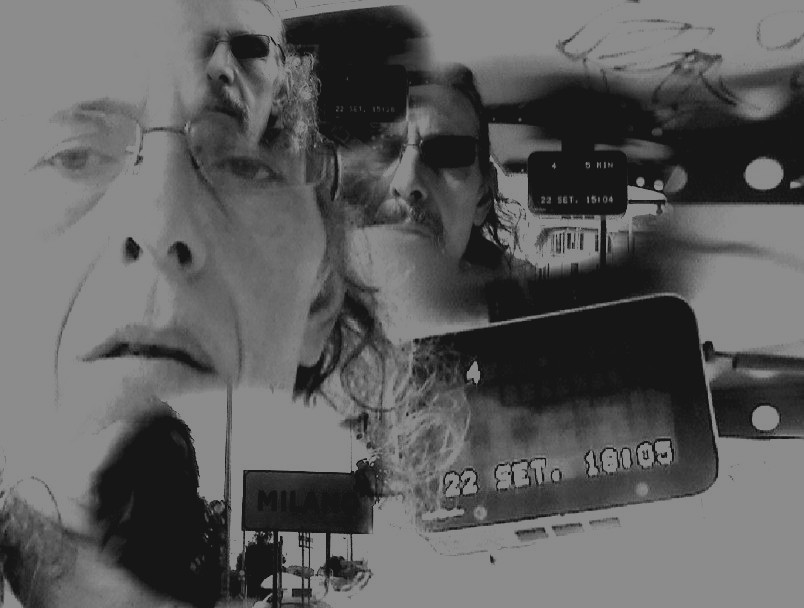
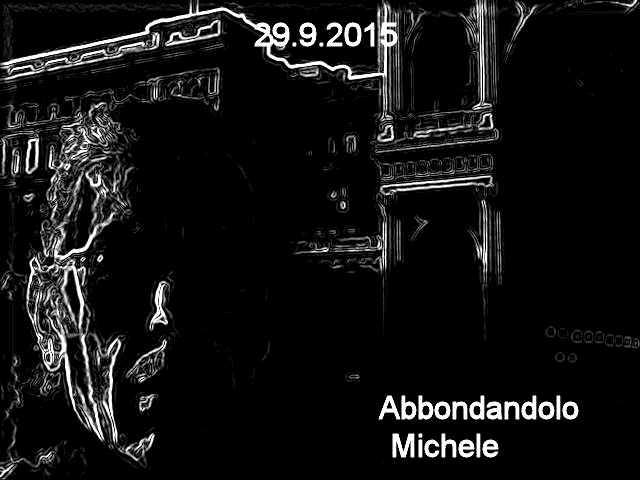
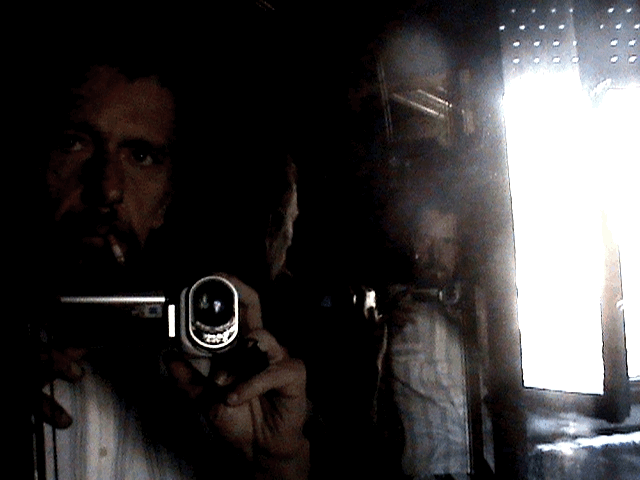
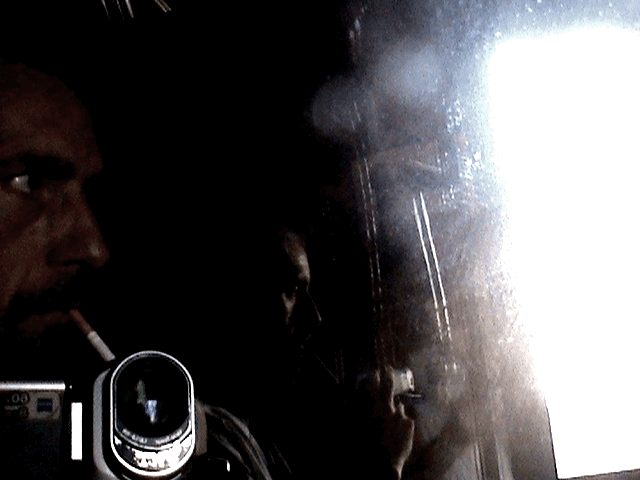
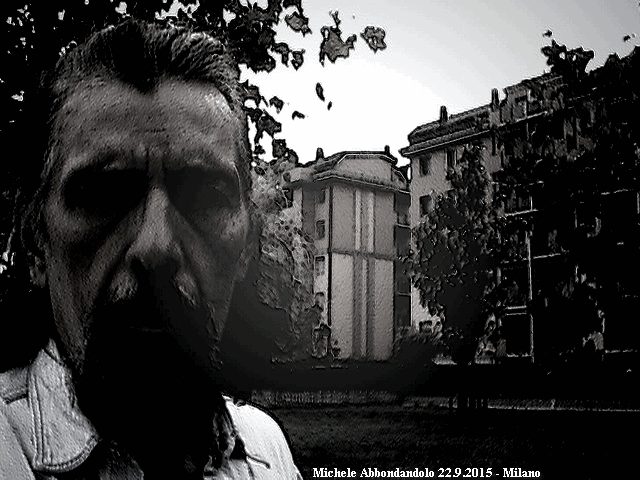
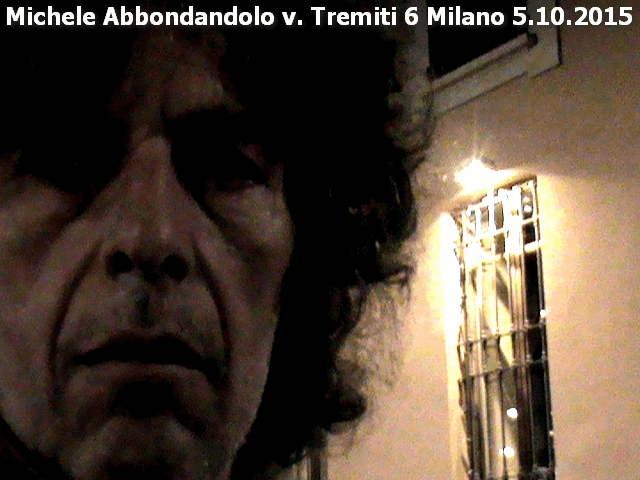
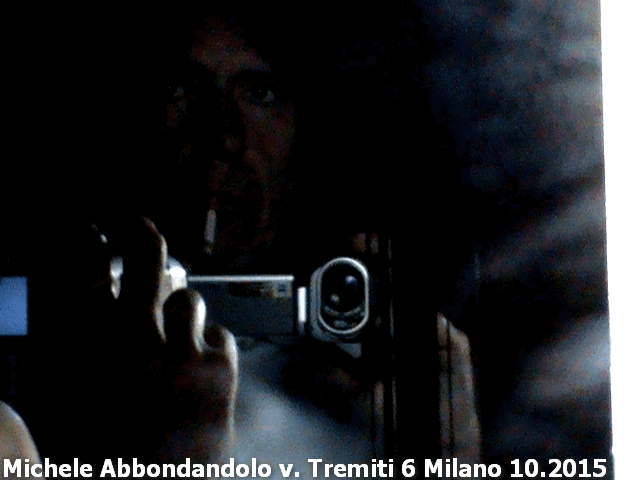
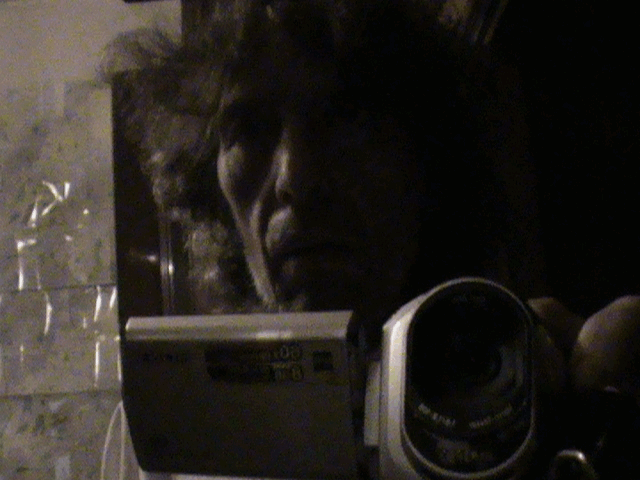
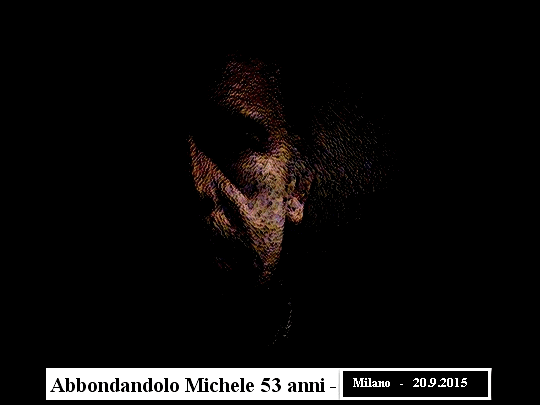
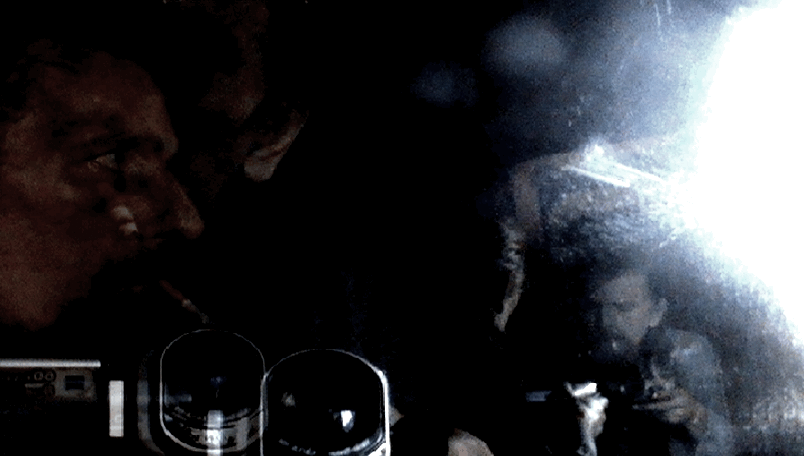

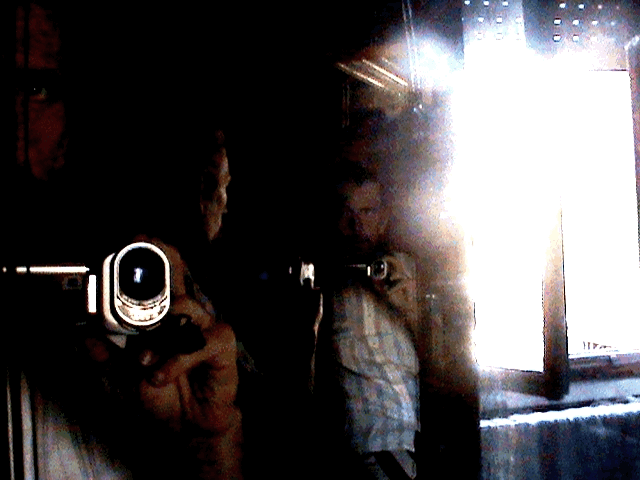
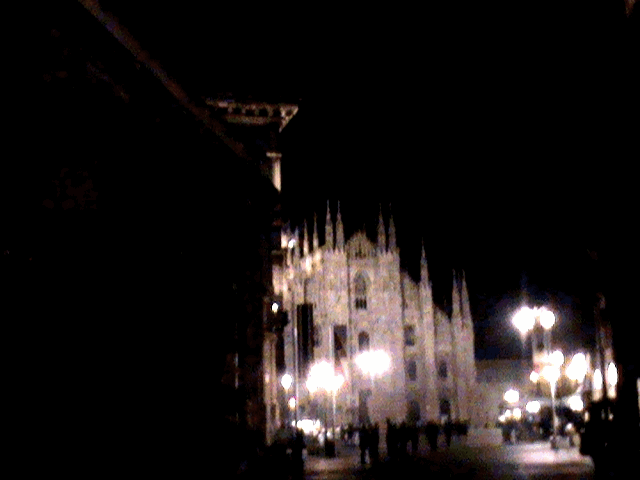
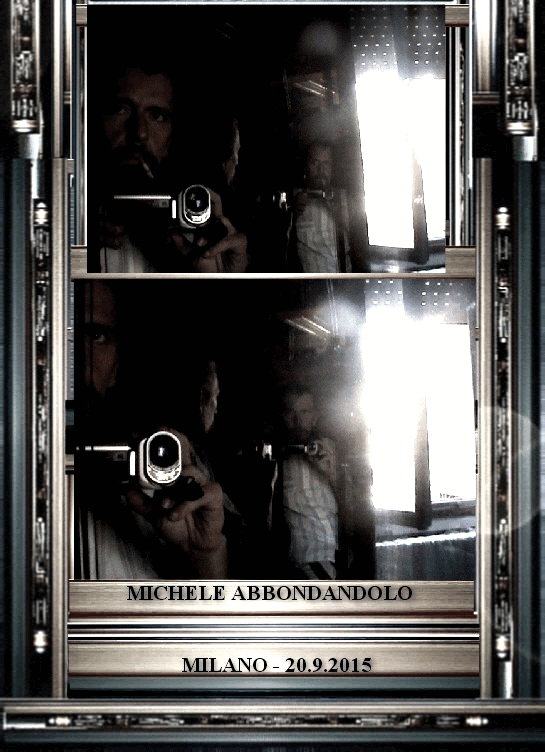


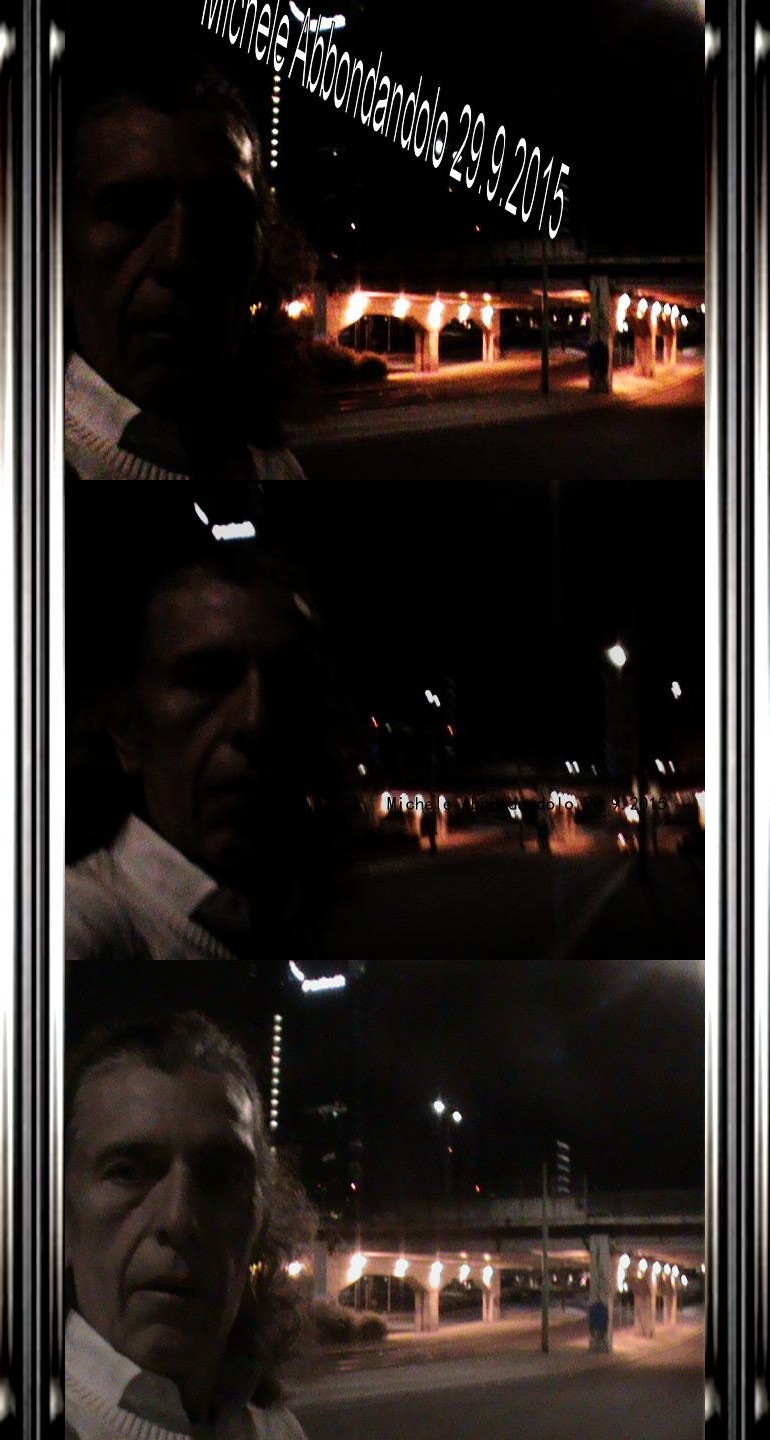

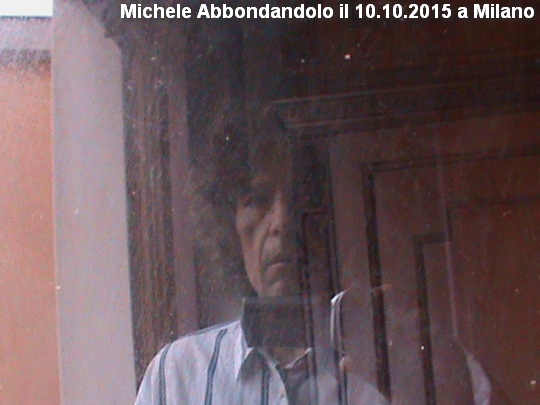



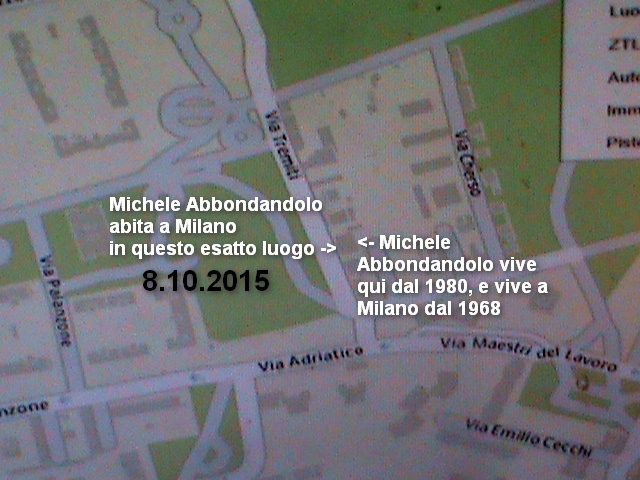
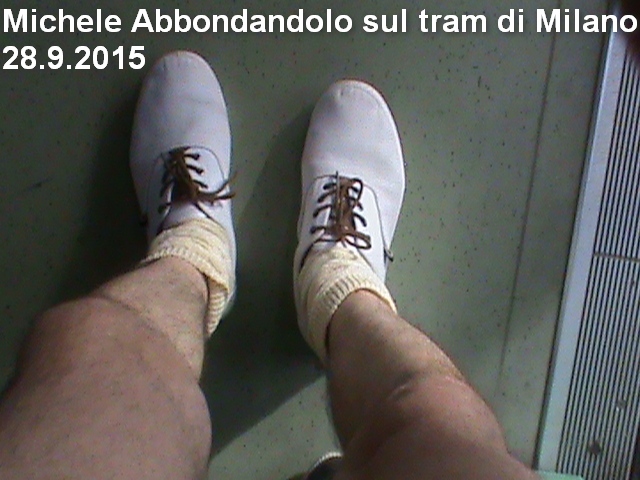 Dal 2001 bulldog per accoppiare 365 g. su 365 a Milano.
Dal 2001 bulldog per accoppiare 365 g. su 365 a Milano.
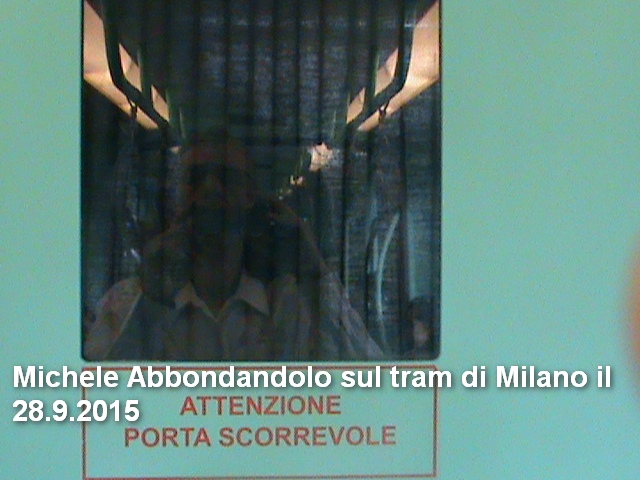 per cui sul sito belle fotografie dei quartieri di Milano dove uso stare.
1) P. Duomo, pure il 24.12 2) altri quartieri di Milano.
per cui sul sito belle fotografie dei quartieri di Milano dove uso stare.
1) P. Duomo, pure il 24.12 2) altri quartieri di Milano.
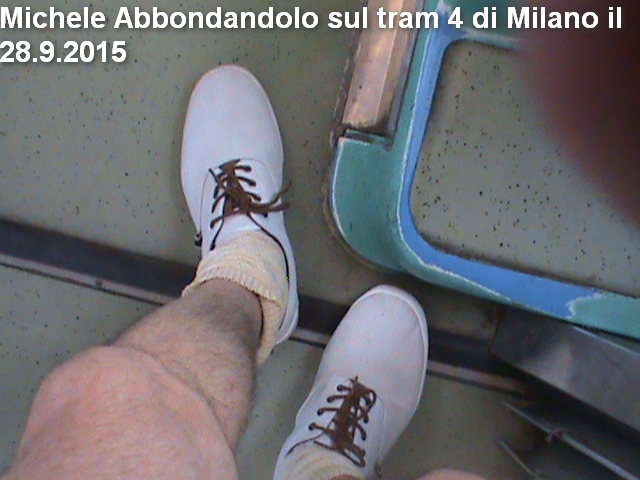
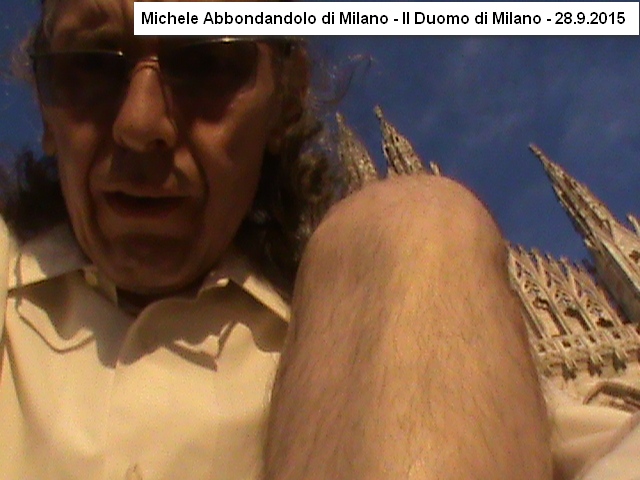
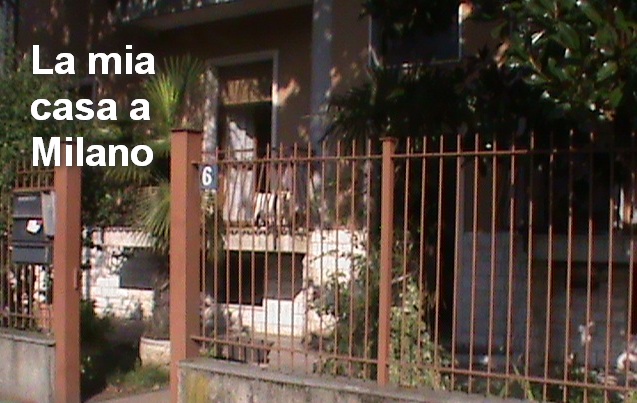
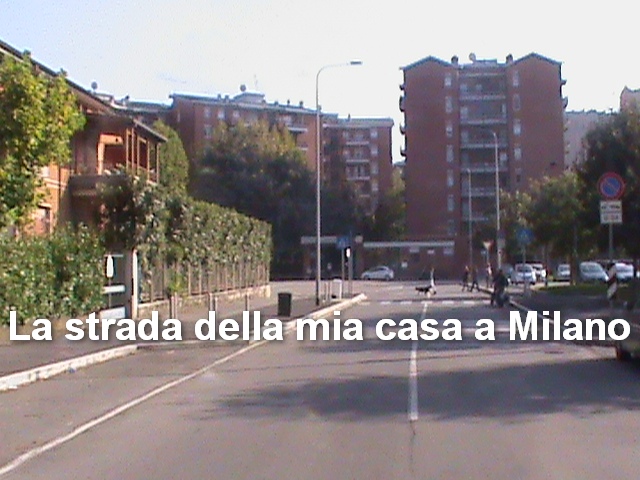
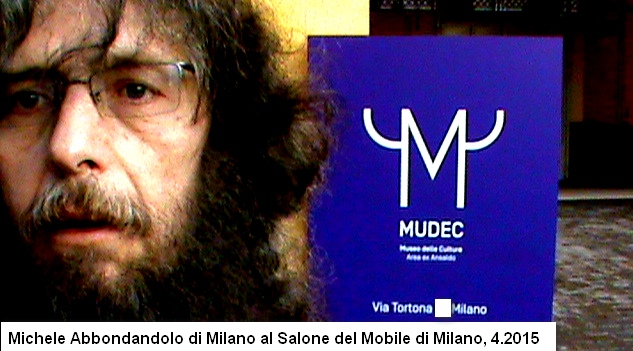
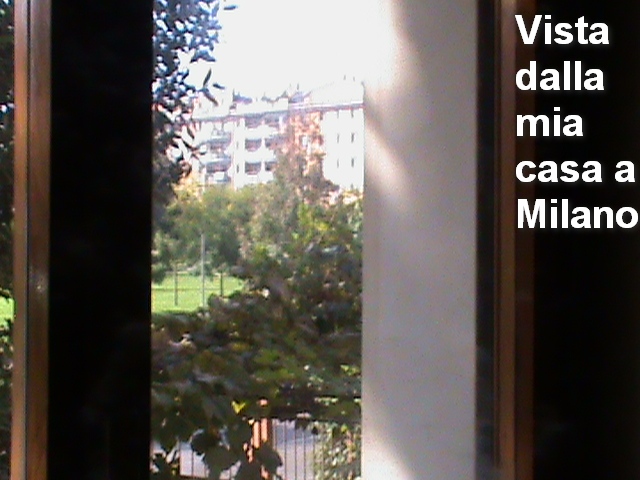
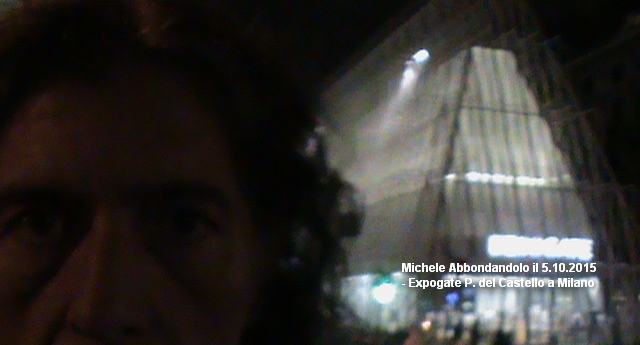
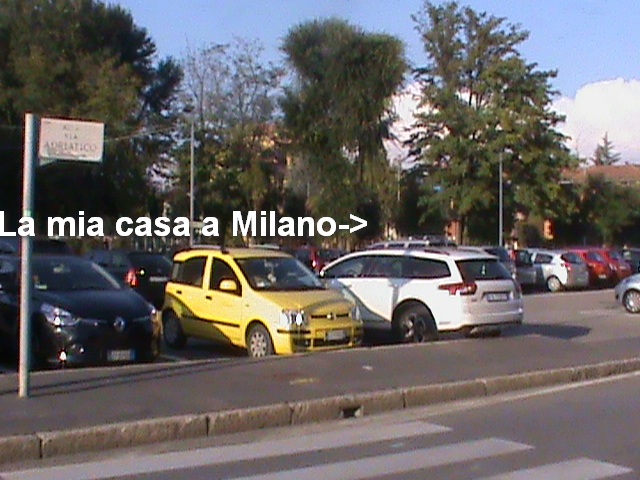
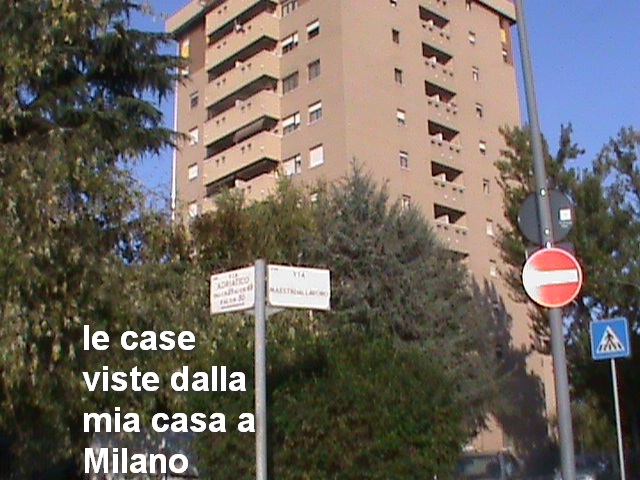
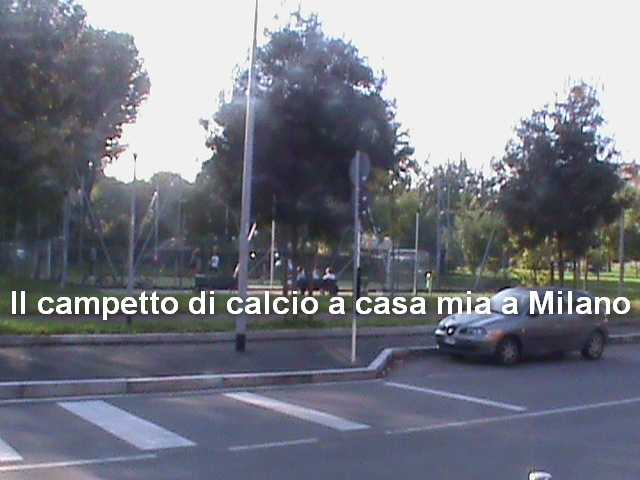


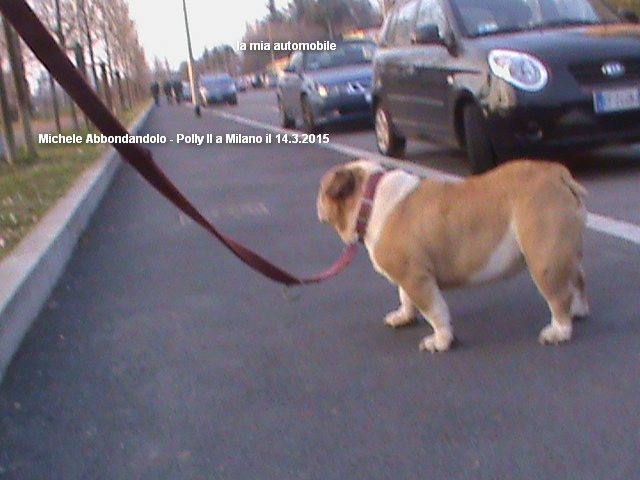

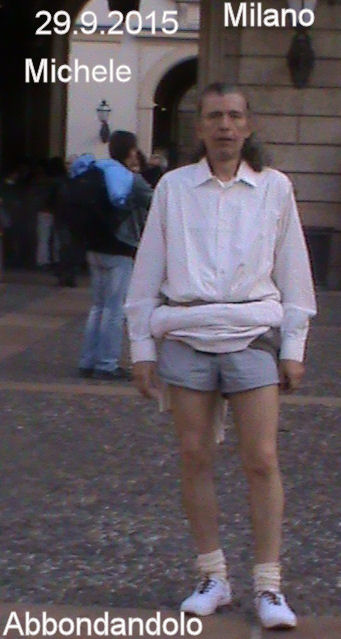




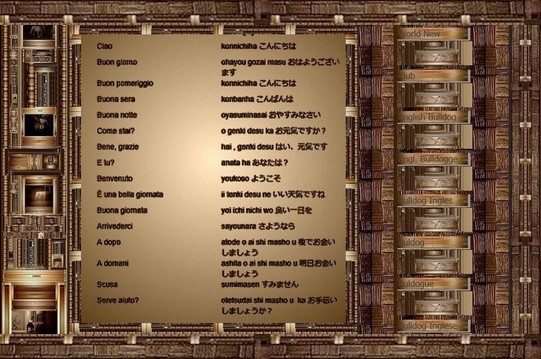

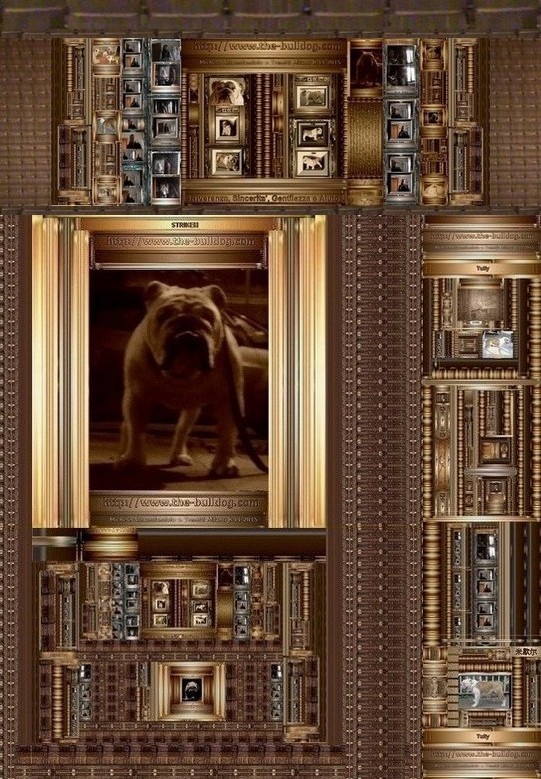

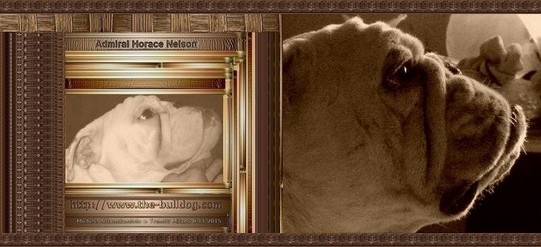
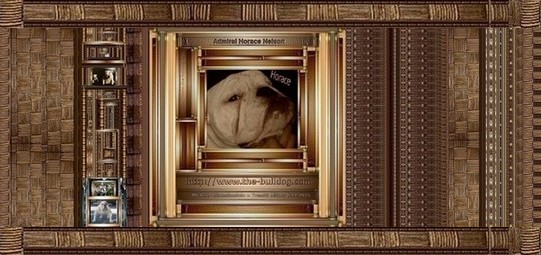
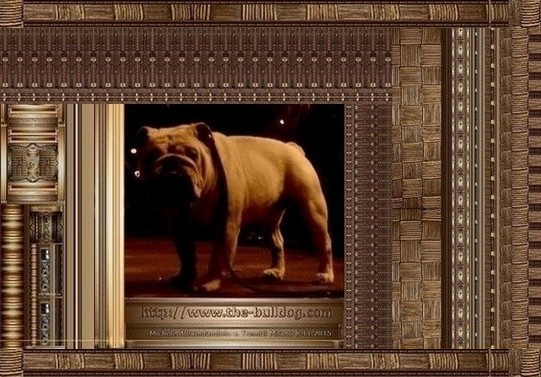
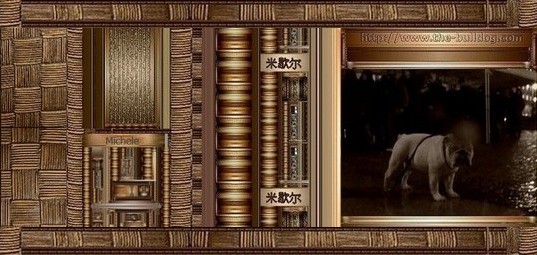
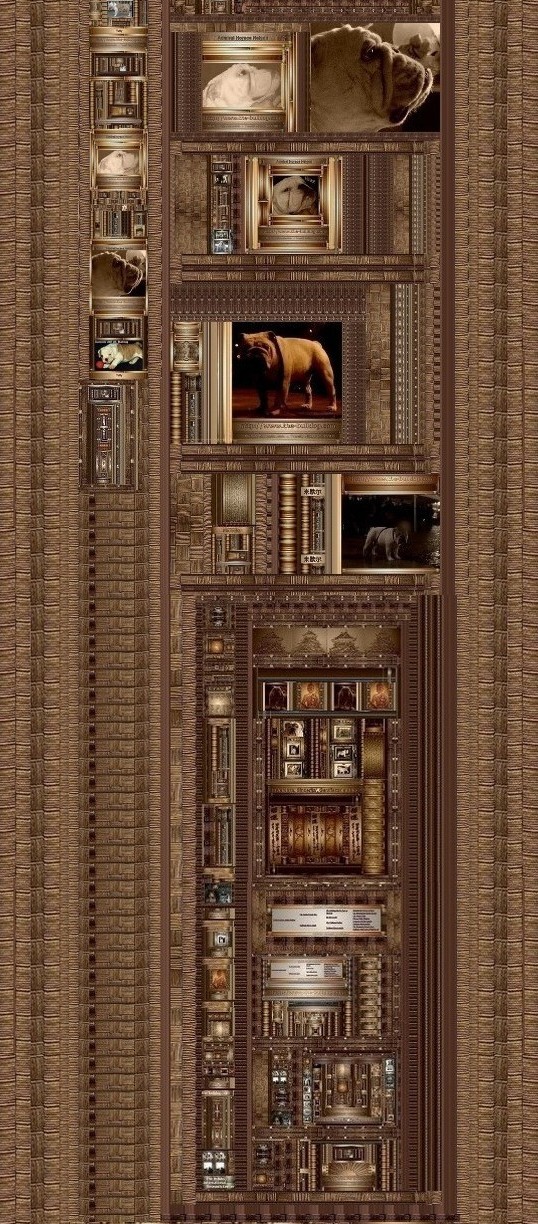

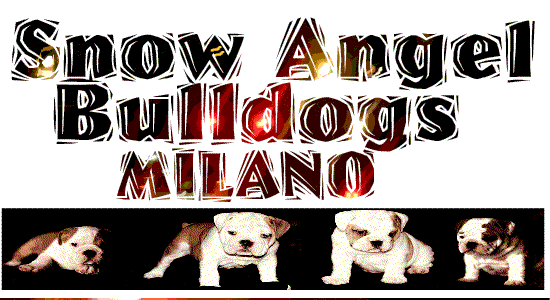
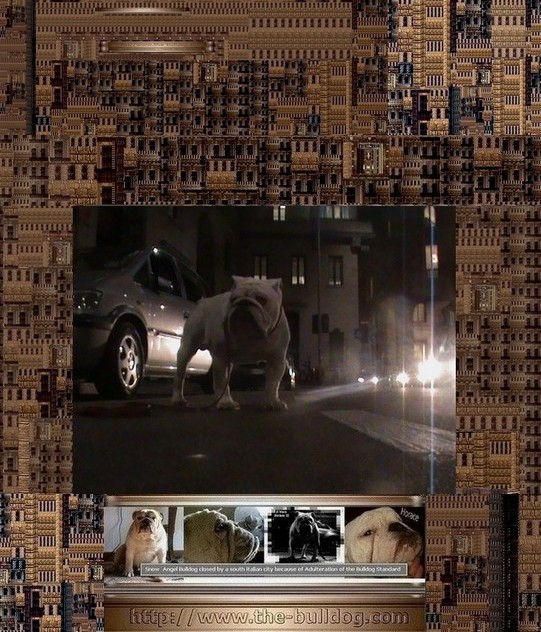
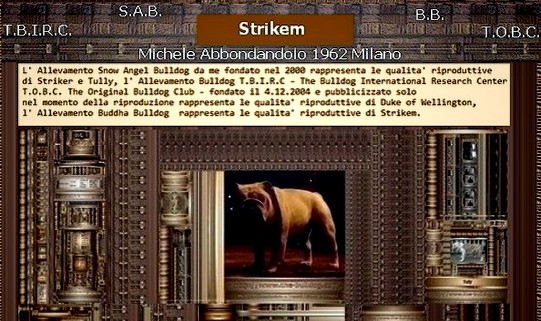 Happy Halleween 2023.
Happy Halleween 2023.


Webmaster Mike Va Ur, July 4, 1962.
- 2023 - Sept - 29.
-
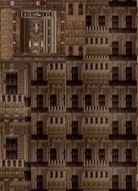
-


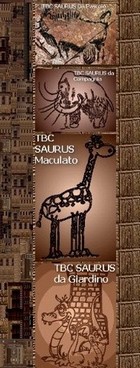
-
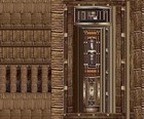


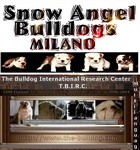 ___Homepage
___Homepage
 ___Languages
___Languages
 ___Mike Va Ur
___Mike Va Ur


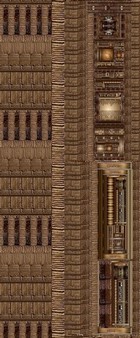

- Russian Borzoi
-

- Russian Dogs
-

-
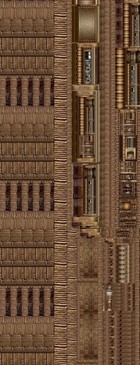


- Chinese Dogs
-

- Chinese Breeds
-

- Chinese Dog
-

- Chinese Dogs
-

- Chinese Breed
-
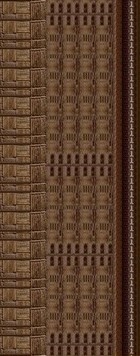
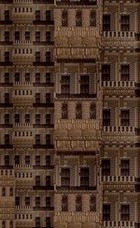
-

- China Dog
-

- Chinese Breedings
-

- China Dogs
-

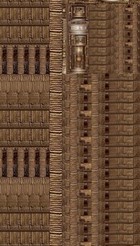
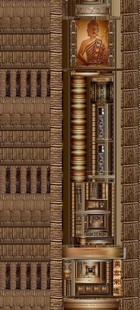

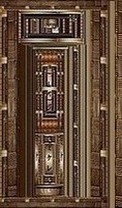
-

- Pug Dogs
-


-

- Breeds From China


-

- Chinese Breed
-

- Chinese Art
-
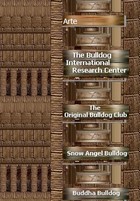
-

- Original Pug
-

- Guard Dogs
-

- Milano



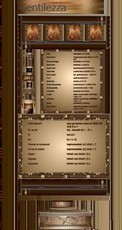
-




- British Bull

- World News
-

- Club


- Idioma
-

- English Bulldog
-

- Bulldog Ingles
-

- Buldog
-

- Buldogue
-

- Bulldog Inglese
-

- Bulldog Anglais
-

- ___Japam
-

- Abruzzo
-

- Basilicata
-

- Calabria
-

- Campania
-

- Friuli
-

- Emilia Romagna
-

- Lazio
-

- Liguria
-

- Lombardia
-

- Marche
-

- Molise
-

- Piemonte
-

- Puglia
-

- Sardegna
-

- Sicilia
-

- Toscana
-

- Trentino
-

- Umbria
-

- Veneto
-

- Val D'Aosta
-

-

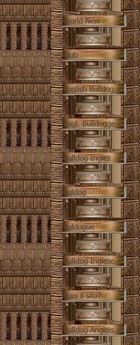
-

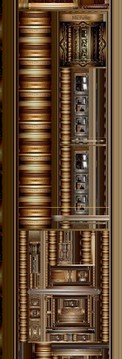
-

- Maculato
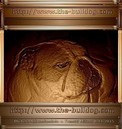
- __Killed by Law
-

- __Zed Garish
-

- the-bulldog.com
-


-
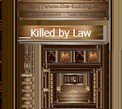
-

- Vuoi il sito?
-

- Robin Hood
-

- Strike
-

- Tully
-

- Jubilant
-

- Winston
-

- Little john
-

- Lord byron
-

- Polly

-
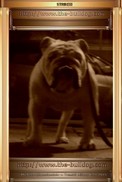
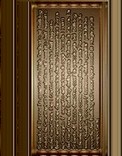
-
Mike Va
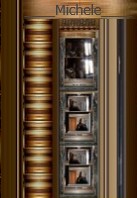
-

- ____Grafica

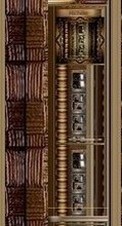 ____Html
____Html